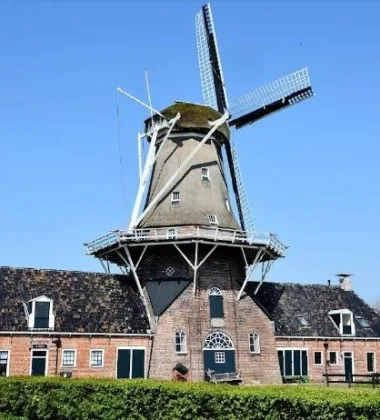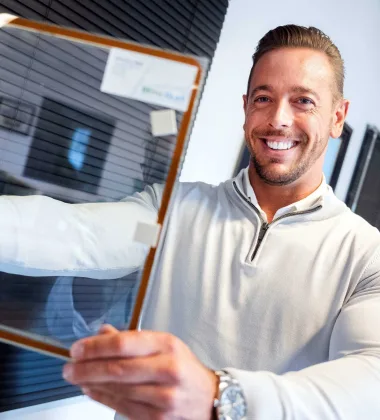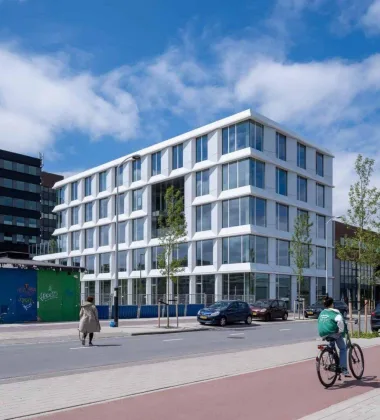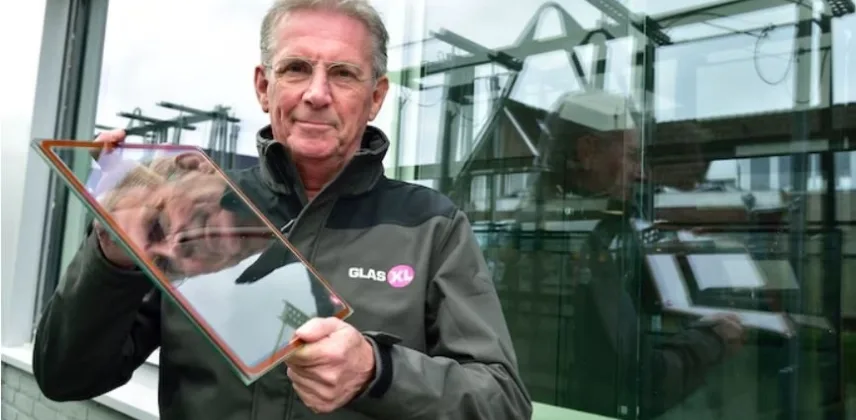
General newspaper | March 19, 2024
Shivering in your monumental house with single-pane glass and also getting all the sounds from outside. It seems inevitable, many people think. Yet, that is no longer necessary. In fact, insulating is even encouraged in monumental buildings.
More and more people are insulating their homes. This makes it much easier to keep them comfortably warm, it is sustainable, and can save a lot of money. But if you live in a monumental building, insulating seems like a challenge. The Groene Hart is full of such homes, and they are not all well insulated, but that is about to change.
A persistent myth
"It is a persistent myth that you cannot make any changes to a monumental house," says Frank Buchner. He is the Program Manager for Heritage and Sustainability at the Cultural Heritage Agency. "Indeed, you must apply for a permit before making changes, but that does not mean it is not allowed. In fact, in most cases, that permit is simply granted."
Ruud Witte, a resident of Gouwenaar, lives in one of the many monumental buildings that the Green Heart is rich in. "My house is actually a combination of two buildings. One side of the house is considered monumental, and the other side is not. On the monumental side, I still have single glazing. During the restoration, about forty years ago, the rules were very strict."
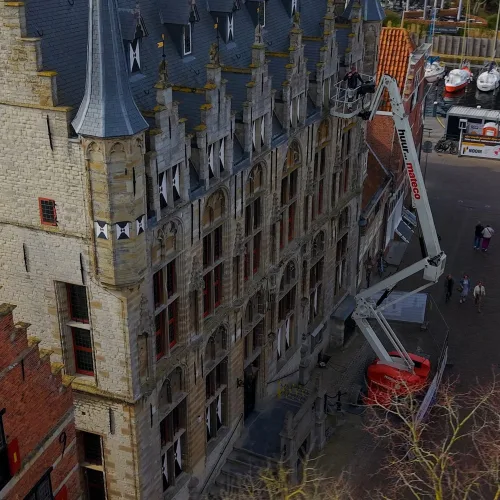
Stained Glass
Insulating can now be done in most cases. "Of course, there are exceptions," explains Buchner. "If there is stained glass in a house, you are not going to replace it with standard double-sided glass. Additionally, each municipality makes its own decisions."
The idea that insulation would be impossible has arisen because standard double glazing does not fit in most old frames. There are now other solutions for this, such as thin double glazing, vacuum glass, and secondary glazing.
GlasXL from Moordrecht also insulates monumental buildings, says director Pierre Overdijk. "We notice that more people are coming to us to make their homes more sustainable, including residents of monumental buildings. This has been going on for several years now. The increase seems to be strongly linked to the rising energy prices of recent years."
Narrower
"The difference between insulating in monumental buildings and other buildings is that you are not allowed to do anything to the exterior facade of monumental houses," explains Overdijk. "Additionally, the frames are somewhat narrower, but with that special vacuum glass, it doesn't have to be a challenge at all. The Midden-Holland Environmental Service has approved the glass type."
The national service encourages the replacement of old glass for several reasons. Firstly, it contributes to sustainability goals. Additionally, it encourages residents to continue living in and maintaining the house.
Vacancy, Deterioration, and Depreciation
"If a house is not insulated, it can certainly cost a lot of extra money, especially since the sharp rise in energy costs in recent years," continues Buchner. "If we then prohibit insulation, it would have negative consequences for both the residents and the houses themselves. It would make the houses much less attractive to live in. That could lead to vacancy, deterioration, and depreciation. We must prevent that."
Source: Algemeen Dagblad
Date: March 19, 2024
Go to the original article

